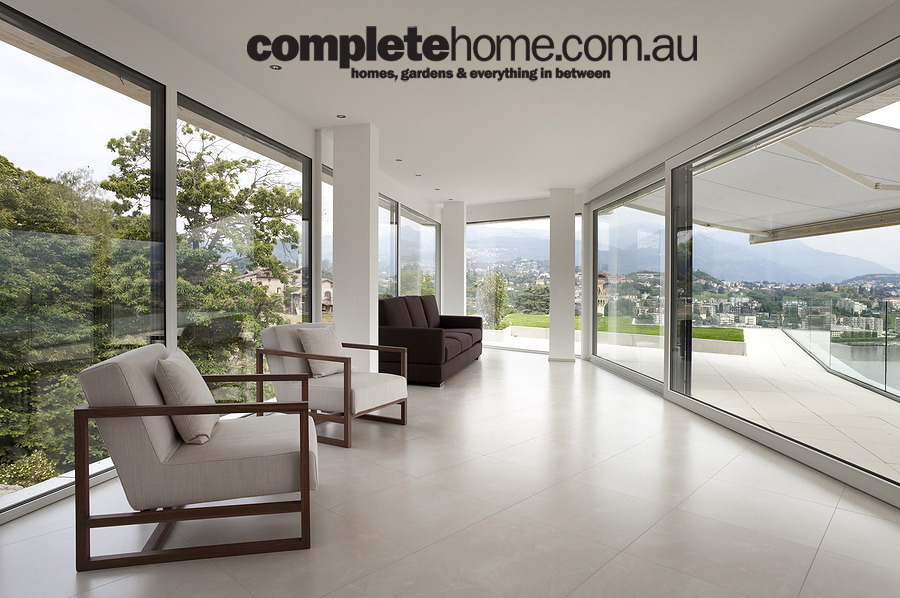Gone are the days when we claimed a style as ‘ours’ and followed its decorating dictates forever. Today we might continue to favour a look or feel but we tend to change our interior décor each time we move home or, at the very least, update the décor in our existing homes on a more frequent basis.
This freer, more flexible approach applies equally to the colours we choose. We no longer feel compelled to slavishly follow the latest colour trends although they can, of course, provide a catalyst for exciting new combinations we might not have previously considered.
Different colours trigger different emotional responses, some times very strong ones, so the first step in developing a colour scheme is to determine what mood and style you want to evoke in a particular room, rather than becoming focussed on the name of the colour. According to Prue Royle, founding director of the International School of Colour and Design, focussing on the people who will be using a room and how they feel about colours should always be the starting point.
“Everyone is different and has different, personal reactions to colour — either as an intuitive response or because, and this is most likely, they have had a good or bad experience with colour,” says Prue.
During the planning stage, Prue says you need to ask yourself a number of questions, such as: “What level of energy or mood do we want projected by the colour scheme of the room?” An energetic room, such as a children’s playroom, can have its mood heightened by using a bright, contrasting colour scheme or be made softer and less energetic in feel by applying pastels and less vibrant colours, she points out.
Another fundamental question you need to ask is: “What is the function of this room?” Kitchens, for example, can be busy, hot, noisy rooms that open out to other interior and exterior living areas, so it can be a good idea to use neutrals on walls and large areas and introduce colour accents with the appliances.
While colour selection is a very personal and individual process, there are, nonetheless, certain rules of thumb you can follow and techniques you can employ to make the most of every room and achieve the look you desire. On the following pages we take you through these techniques, step by step, and provide some easy-to-follow guidelines for choosing and using colour with confidence.




